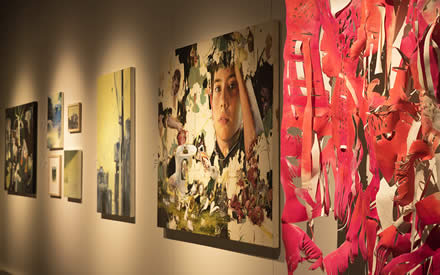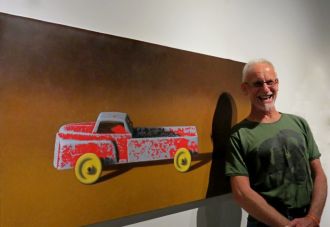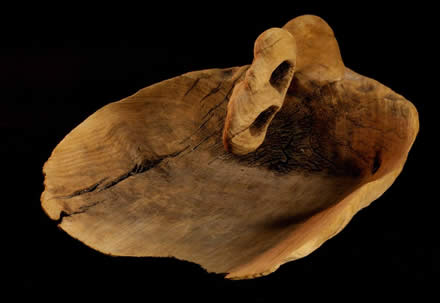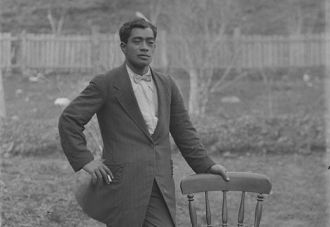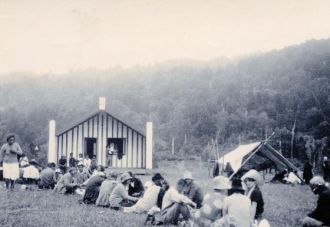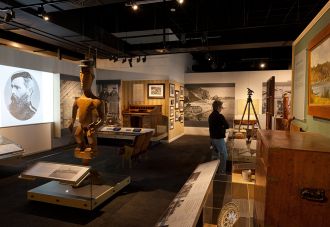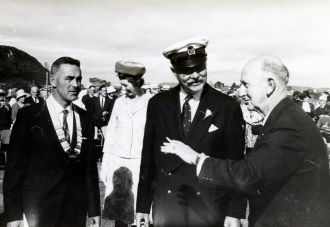Date:
Location: Opus Gallery, Te Kōputu a te whanga a Toi — Whakatāne Library and Exhibition Centre
 Animals have been an integral component of human storytelling from early myths to modern fables, such as The Jungle Book by Rudyard Kipling published in 1894, George Orwell’s Animal Farm published 1945, and French author Pierre Boulle's La Planète des Singes (better known as the Planet of the Apes) published in 1963.
Animals have been an integral component of human storytelling from early myths to modern fables, such as The Jungle Book by Rudyard Kipling published in 1894, George Orwell’s Animal Farm published 1945, and French author Pierre Boulle's La Planète des Singes (better known as the Planet of the Apes) published in 1963.
Animals are used in an anthropomorphic manner: as metaphors, as representative symbols for human behaviour and interaction, as vessels for human emotions expressing innate animal instinct, environmental change, and political satire.
For this exhibition, the animals tell their stories in the jungle — a place that carries connotations of the untamed and uncontrollable, evoking emotions of confusion, powerlessness, disorientation and isolation, where the only law is perceived to be ‘survival of the fittest’.
This is said to reflect the modern city life: a concrete jungle with high density building and asphalt landscapes, disconnected from the natural world, where the relationships of accountability become less obvious and morality a question of deferred ethics.
This is expressed in the 80s anthem Welcome to the Jungle, by American rock band Guns N' Roses, featured on their 1987 debut album, Appetite for Destruction. The song alludes that to live in this world we need to learn to live like animals and consider the comparative consequences of living in a type of jungle.
Welcome to the jungle
It gets worse here every day
Ya learn to live like an animal
In the jungle where we playIf you got a hunger for what you see
You'll take it eventually
You can have everything you want
But you better not take it from meIn the jungle
Welcome to the jungle
Watch it bring you to your
Knees, knees
Exhibiting artists
- Hanna Shim
- Julie Ross
- Steve Carr
- James R Ford
- Joanna Braithwaite
- Andrea du Chatenier
- Hannah Kidd
- Lucy Bucknall

